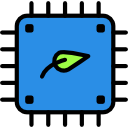Eco-Friendly Smart Home Solutions
Discover how innovative technologies and sustainable design are transforming everyday living spaces into eco-friendly smart homes. These solutions allow homeowners to reduce their environmental footprint without sacrificing comfort or convenience. By integrating smart devices, energy-efficient systems, and sustainable materials, today’s homes not only conserve resources but also contribute to healthier living environments. The following sections delve into the key aspects of eco-friendly smart home solutions, offering insights into how technology can align with sustainability for a brighter, greener future.
Energy Efficiency Through Smart Technology
Smart Thermostats
Smart thermostats revolutionize home temperature control by learning your daily routines and preferences, automatically adjusting the heating or cooling to optimize energy use. They can be controlled remotely via smartphone apps, allowing users to set schedules or make adjustments from anywhere. Over time, the thermostat analyzes usage patterns and can suggest ways to save even more energy. Many models provide detailed energy reports, showing how your habits affect your consumption, which empowers homeowners to make further sustainable choices.
Automated Lighting Systems
Automated lighting systems help reduce electricity waste by ensuring lights are only used when needed. Through motion sensors, timers, and remote control via mobile devices, homeowners can precisely manage lighting throughout their house. These systems not only improve convenience but also adapt to daylight levels, dimming or turning off lights when natural light is sufficient. The result is a significant reduction in overall energy use and lower utility bills, all while maintaining optimal comfort and ambiance.
Energy Consumption Monitoring
Energy consumption monitors provide real-time feedback on how much electricity is being used in different parts of the home. By tracking energy usage at the appliance level, these monitors help homeowners quickly identify which devices are drawing the most power and when. Armed with this knowledge, users can adjust behaviors, replace inefficient appliances, or set schedules to run devices only during off-peak hours, contributing to both financial savings and environmental stewardship.
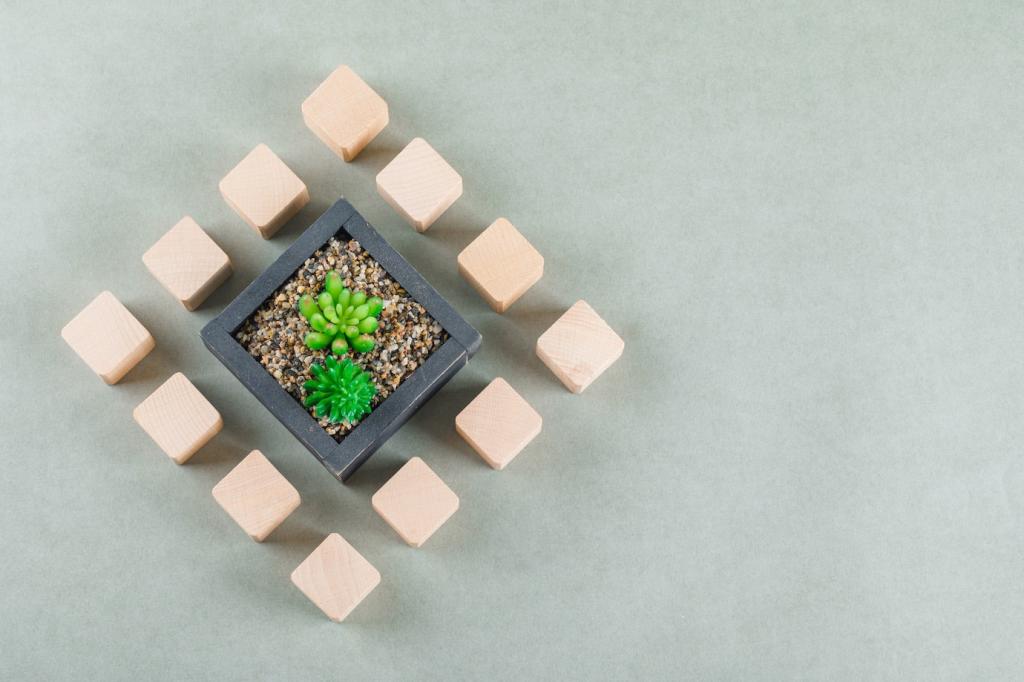
Intelligent Irrigation Controllers
Intelligent irrigation controllers use real-time weather data and soil moisture sensors to optimize irrigation schedules. They automatically adjust watering based on rainfall forecasts and soil conditions, providing exactly the right amount of water only where it’s needed. This targeted approach dramatically reduces water waste compared to traditional sprinkler systems. Homeowners can monitor and update settings remotely, ensuring effective landscape care while supporting water conservation efforts.
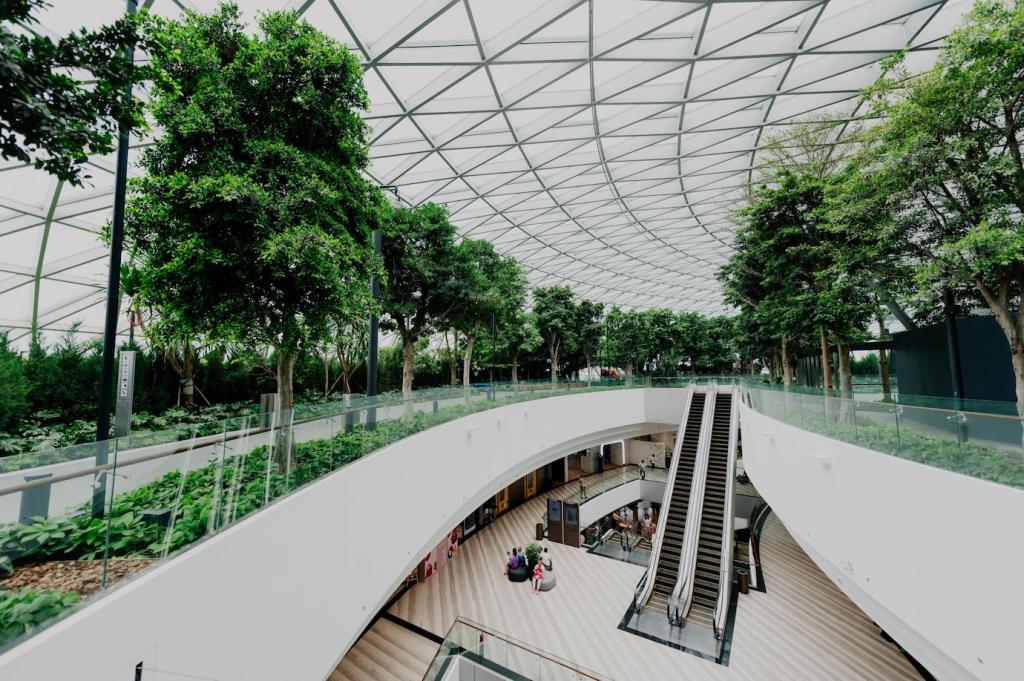
Leak Detection and Prevention
Smart leak detection devices are designed to instantly sense water leaks or abnormal moisture levels in areas prone to plumbing issues. Upon detecting a leak, the system alerts homeowners through their smartphones, allowing for quick action before significant water loss or property damage occurs. Advanced systems can even automatically shut off the water supply to prevent major leaks, saving thousands of gallons over time and significantly reducing repair costs.

Low-Flow Smart Fixtures
Low-flow smart fixtures, such as faucets, showers, and toilets, are engineered to deliver optimal performance while using significantly less water. Many are equipped with sensors that control water flow based on usage and adapt to the needs of each user. Integration with home automation platforms allows users to track water usage in real-time, set conservation goals, and receive reminders for maintenance. These fixtures contribute to environmental protection while delivering comfort and convenience.
Renewable Energy Integration
Smart home systems enable more effective use of solar panels by monitoring energy generation and optimizing when and how that energy is used or stored. Advanced inverters and energy management software route excess power to battery storage or sell it back to the grid automatically. Homeowners can monitor solar performance, adjust energy usage accordingly, and see immediate environmental and financial benefits from their investment in renewable technology.

Sustainable Materials and Design Innovations
Recycled and Natural Building Materials
Using recycled and natural building materials minimizes the demand on finite resources and reduces waste from landfills. Bamboo, reclaimed wood, recycled steel, and eco-friendly insulation are becoming standard choices for sustainable construction. These materials often have lower embodied energy and can improve a home’s thermal performance, thus working hand in hand with smart energy solutions to deliver maximum sustainability throughout the life of the home.
Smart Insulation Techniques
Integrating smart insulation methods, such as high-performance thermal barriers or phase-change materials, dramatically boosts energy efficiency. These innovative products regulate indoor temperature year-round, reducing the need for heating and cooling. Some systems can be monitored with embedded sensors, providing real-time feedback on performance and alerting homeowners to any issues, ensuring the home remains efficient and comfortable with minimal maintenance.
Green Roofs and Living Walls
Green roofs and living walls offer both aesthetic beauty and practical environmental benefits. Incorporating vegetation into a home’s structure helps insulate the building, capture rainwater, and improve air quality. Smart irrigation and maintenance systems can automate care, maximizing the benefits while reducing labor and resource consumption. These living systems contribute to urban biodiversity, reduce heat island effects, and provide a calming natural environment right at home.
Indoor Air Quality Management
Modern air filtration systems, equipped with HEPA filters and smart sensors, continuously monitor and filter particles such as dust, pollen, and allergens. These systems automatically adjust their operation based on indoor air quality readings, guaranteeing that only the necessary amount of energy is used to maintain clean, healthy air. Remote control and scheduling features let homeowners manage indoor conditions and receive alerts when filters need replacement or maintenance.
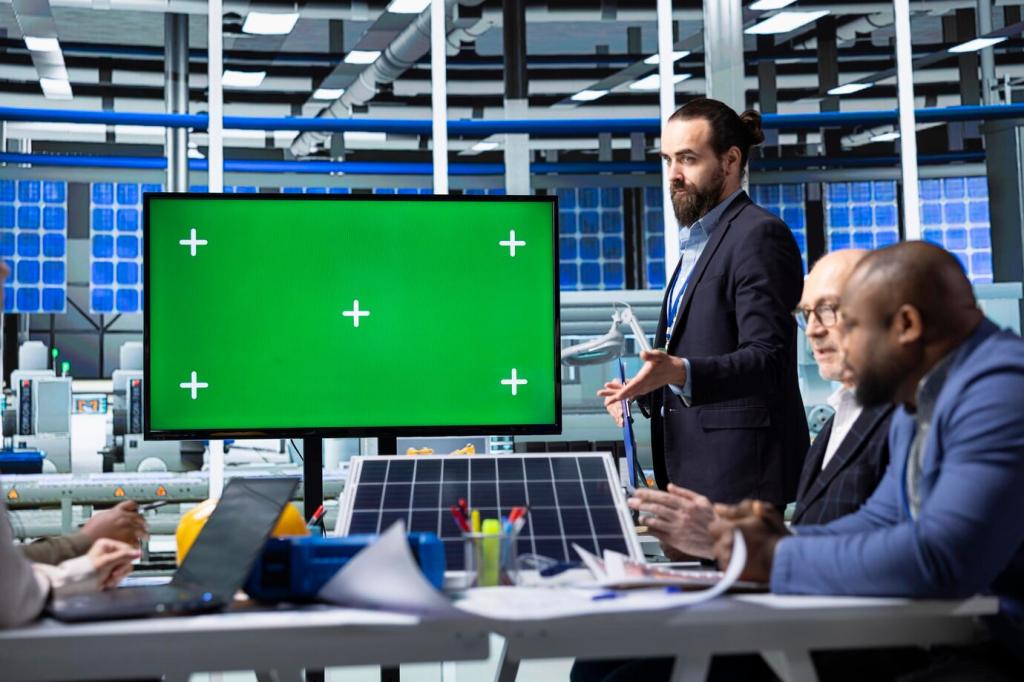
Waste Management and Recycling Automation
Automated recycling sorters, equipped with sensors and AI, detect and separate recyclable materials immediately after disposal. These systems ensure that plastics, metals, paper, and glass are sorted correctly, reducing contamination in recycling streams. By simplifying the process, they eliminate confusion and significantly increase recycling rates within the household. Integration with municipal recycling guidelines can provide real-time feedback, ensuring compliance and maximizing environmental benefits.
Smart composting units convert biodegradable waste into nutrient-rich compost with minimal effort. Equipped with sensors to monitor moisture, temperature, and aeration, these devices optimize decomposition and minimize odors. Homeowners receive notifications when it is time to remove finished compost or add more material. By diverting organic waste from landfills, these solutions reduce methane emissions and support sustainable gardening practices within the home environment.
Smart waste tracking platforms collect data on household waste generation and analyze trends to suggest personalized reduction strategies. Homeowners can view which types of waste they produce most and set goals to minimize landfill contributions. These platforms help identify inefficiencies in purchasing or consumption habits, encouraging more mindful choices. The result is a measurable decrease in household waste and a meaningful step towards a zero-waste lifestyle.
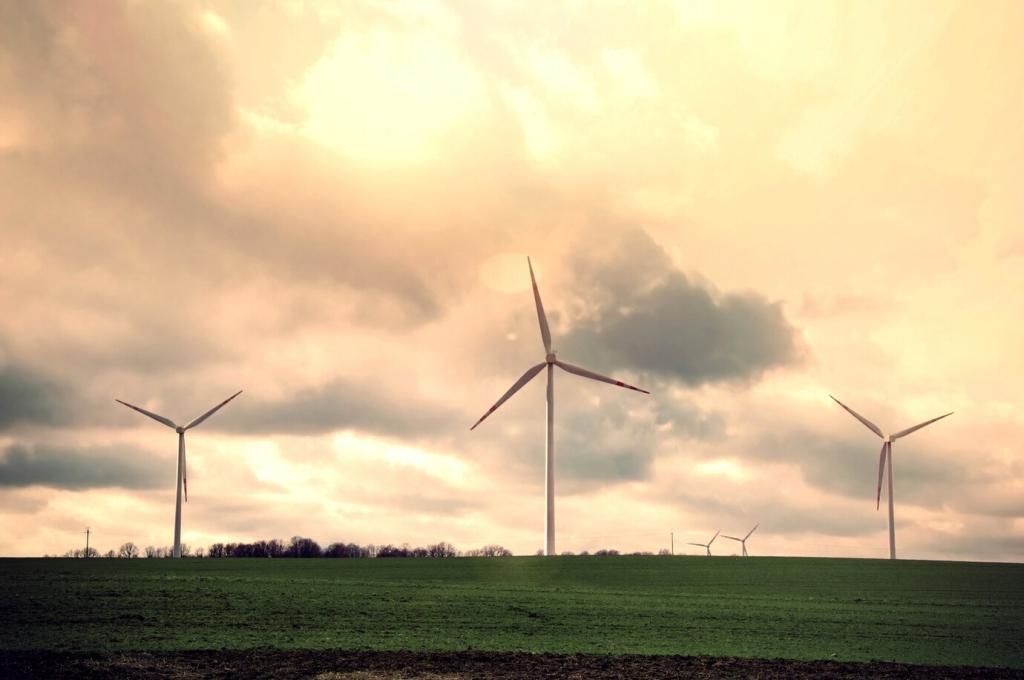
Smart Appliances for Sustainable Living
Energy-Efficient Smart Kitchen Appliances
Smart refrigerators, ovens, and dishwashers use state-of-the-art sensors and adaptive controls to optimize performance while minimizing energy and water consumption. For example, a smart dishwasher might adjust wash cycles based on the load size and soil levels, using only the necessary amount of resources. Many kitchen appliances now connect to home energy management systems, allowing homeowners to schedule operation during off-peak times or receive notifications when maintenance is required, ensuring lasting efficiency and reliability.
Connected Laundry Systems
Smart washing machines and dryers offer customizable, eco-friendly cycles that automatically adjust water use, detergent, and energy output based on load characteristics. Some models provide feedback on resource consumption, guiding users towards more sustainable usage patterns. With remote start and scheduling capabilities, these systems help homeowners spread out their energy use, participate in demand response programs, and minimize environmental impact without sacrificing laundry performance.
Intelligent Power Management for Electronics
Power management solutions for electronics, such as advanced smart plugs and surge protectors, enable precise control over when devices are powered on or off. By detecting idle periods, these systems can automatically shut off standby power to televisions, computers, chargers, and other appliances. This not only conserves energy but also extends the lifespan of electronics. Through real-time usage data and scheduling, homeowners gain insights into their consumption habits and discover opportunities for further reductions.
Join our mailing list
